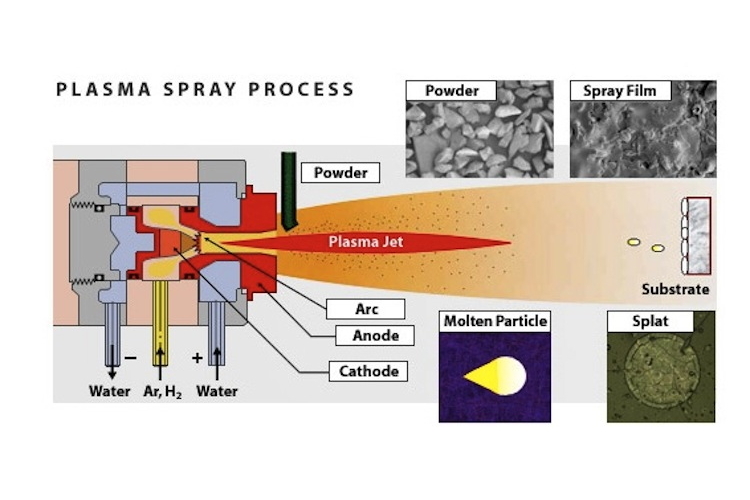
To perform duties in the most effective manner, the welding inspector should be in good physical condition. Since the primary job involves visual inspection, it is obvious that the welding inspector should have good vision, whether natural or corrected. For instance, if colour or contrast is important to the inspection process being employed (liquid penetrant, magnetic particle, or colour-coded parts) then an individual should be tested for the ability to detect those colours. The AWS Certified Welding Inspector (CWI) program requires a minimum visual acuity and the ability to perceive certain colours, as determined through actual testing. Since welds could be located anywhere on a very large structure, the inspector must be capable of going to the weld at any location in order to make an evaluation. The inspector must comply with safety regulations when performing these duties. The ability of the welding inspector to get to work may be reduced if the inspection is not performed immediately after welding. For example, such aids for the welder as Ladders and scaffolding may be removed, making access impossible or dangerous. Within safety guidelines, the welding inspector should not be prevented from performing a proper inspection because of a physical condition.
While there may be no specific level of education and training required for welding inspectors, the job may involve interpretation of results. Therefore, an individual must have at least some level of technical knowledge to perform well as an inspector. So as to perform welding inspection, the individuals must make judgments based on visual observations of physical characteristics of welds and weldments and their comparison with drawings or standards. If an individual is unable to understand some written requirements, it will be difficult to make a judgment as to a weld’s acceptability in accordance with that standard. There is more to evaluation than just reading the specifications. Once read, the inspector must interpret its meaning. Even then, some requirement of code or specification may appear very clear and straightforward when initially read; however, comparison of this written requirement with an existing physical condition may still prove to be extremely difficult. Technical ability is also a must to effectively express ideas or inspection findings. In addition, once an inspection has been performed, the inspector must be capable of describing the methods used and subsequent results with sufficient accuracy to adequately communicate to others familiar with the work being performed.
Another quality which the welding inspector should develop is an ability to understand and apply the various documents describing weld requirements. These include, in part: drawings, codes, and specifications. In fact, these documents literally constitute the rules under which the welding inspector must perform. They also state the requirements by which the welding inspector will judge the weld quality. Obviously, such documents must be reviewed prior to the start of any work, because the welding inspector should be aware of the job requirements before any production.











